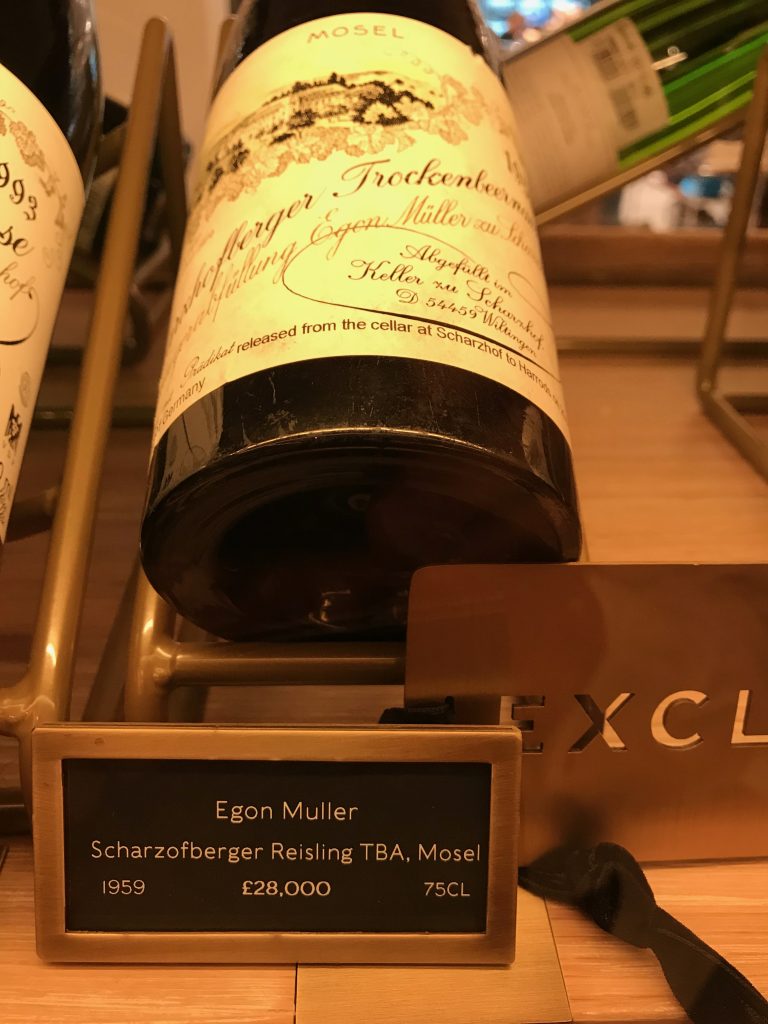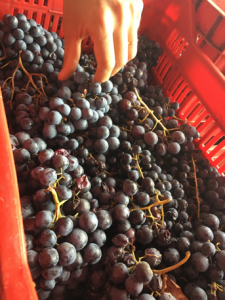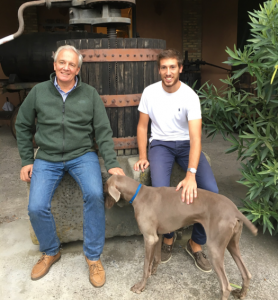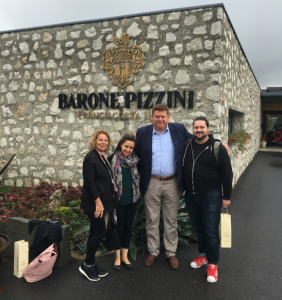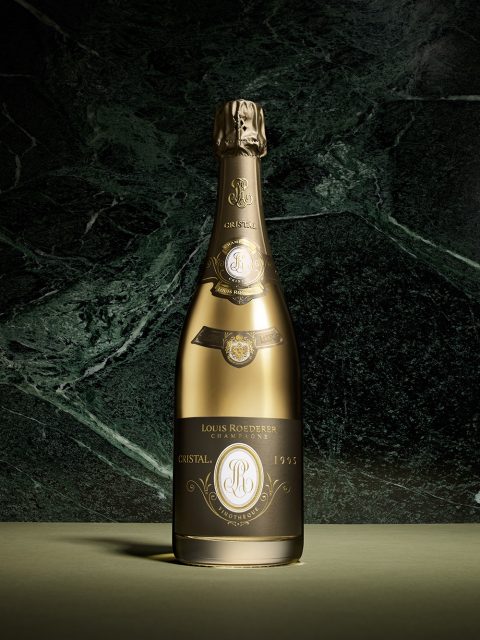
Harrods new wine and spirits shop is part of a multi-million pound investment in food and drinks retailing at the London department store
The shop can be found within the basement of Harrods that forms part of a wider overhaul of the department store’s food and drink offering dubbed ‘The Taste Revolution’.
Designer Martin Brudnizki has created the space to be inspired by the Art Deco opulence captured in The Great Gatsby to be elegant and glamorous.
Brudnizki – who was responsible for the look of famous restaurants such as The Ivy and Sexy Fish.
With marble flooring and limed oak shelving, the look and feel of the new area was carefully done to create something “quite homely and accessible”, as well as a space that “talked of the history of Harrods; talked of an iconic British brand”, said Gerard, noting that wine and spirits was the second department ever created in the life of the store, following its origins as a tea house.
While the materials give an impression of opulence, the scale of the new shop, which covers around 8,000 sq ft, is accentuated by its layout over a long, low-ceilinged space, featuring a series of interconnected rooms, allowing one to look through the store from one end to the other, with features that lead the eye into the distance.
Putting aside the overall impact, it’s the detailing of the drinks shop that really impresses. Chilled, glass-fronted cabinets called ‘Hero Shelves’ contain the finest wines in the range, while all the lighting is screened in such as way to prevent the emission of damaging heat or ultraviolet rays.
Within these cabinets are constantly circulating flows of air to keep the wines at the perfect temperature and humidity, and there’s even a whole room of these transparent containers for magnums and even bigger bottle sizes.
“We have always had a really good range of large formats, but before, they weren’t displayed with authority,” said Gerard.
Bespoke cradles are also used to hold display bottles at an angle of 27 degrees, which, Gerard told db, is the optimum slant for visual effect that still allows the wine to remain in contact with the cork – which is of course necessary to keep the stopper wet.
Then there’s the overall temperature of the space, which is kept at a constant 18.5 degrees Celsius, in contrast to the old drinks shop, which was at 20 degrees C like the rest of the department store (although this former area did contain at ‘fine wine vault’ chilled to 17 degrees C).
Considering the new shop, like its predecessor, is housed in the lower ground floor of Harrods, why was the decision taken to move it to a different part of the same level?
Gerard explains. “With our old location we were effectively landlocked, whereas now there are 12 different ways of approaching the shop, so we are much more accessible, and there are five separate openings leading into the area.”
But the other main reason to move and create a completely new drinks shop within the department store is “to revolutionise the concept of fine wine retailing,” according to Gerard.

Aroma tables guide shoppers through the flavours of each grape
Continuing, he said, “Often the experience of buying fine wine is too high-brow and intimidating, so you don’t attract the aspiring amateurs…. We wanted to create an environment that would deliver the exclusive service of Harrods to everyone.”
Helping Harrods in this endeavour is the educational element within the new store.
Throughout the space are ‘aroma tables’ featuring trumpet-like devices that, with the squeeze of a rubber bulb, like an old-fashioned perfume sprayer, delivers the trademark smells of key noble grape varieties, from Chardonnay to Syrah and Pinot Noir.
The shop also includes two private tasting areas, one devoted to delivering wine education in partnership with the WSET, and the other acting as a consulting area for clients looking for specialist advice.
There is also a spirits room where, unusually, the labels are arranged by style, and this leads into a special area devoted entirely to the retailing of Louis XIII Cognac by Rémy Martin.
Beyond this is one of the most notable new developments for London as a whole, and that is the creation of a walk-in humidor and ‘cigar sampling’ room.
While the former allows customers to store cigars in special lockers that can be rented for £3000 per year, the latter is the first space in the UK to use a special smoke-filtering system to ensure you don’t step out of this basement space smelling of tobacco.
Developed in Switzerland, the Airkel air-filtration system ensures the sampling area is subject to a constant flow of air that strips the room from any smoke, but also your clothes – effectively washing everything free from the aroma-giving particles.
Also, one can consume any drink bought in the wine and spirits to complement your cigar, and there’s no extra ‘corkage’ charge.
Furthermore, all wines bought in the shop can be drunk in any of Harrods restaurants for £30.
So, what about the wine range in the new space? Gerard told db that it runs to 1,400 different lines, augmented by a further 600 spirits. While the wine range isn’t significantly larger than it was in the old shop, he has made a lot of changes, and says there are as many as 400 new lines, and, in terms of price, the current range goes from £9 to £28,000 a bottle.
“We are now direct to source, because we want to always offer perfect provenance… the prevalence of forgery and fakes out there is scary, and Harrods has to have the stamp of authenticity,” he remarked, adding, “But it’s not just about forgery, but getting the wines to the customers in the right condition.”
“There is a lot happening at Harrods, and we are going through our biggest development in the 180-year history of Harrods, which we are calling ‘the taste revolution’. And we are doing this because the food and wine business is at the heart of this business.”
The most expensive single bottle of wine in the new shop is a Riesling! Hailing directly from the cellars of Egon Muller – a Trockenbeerenauslese (TBA) from the producer’s famous Scharzofberger vineyard in Germany’s Mosel-Saar-Ruwer region.
Source: Drinks Business UK

